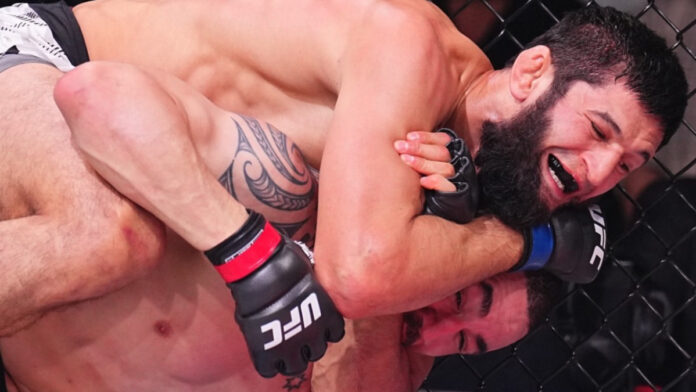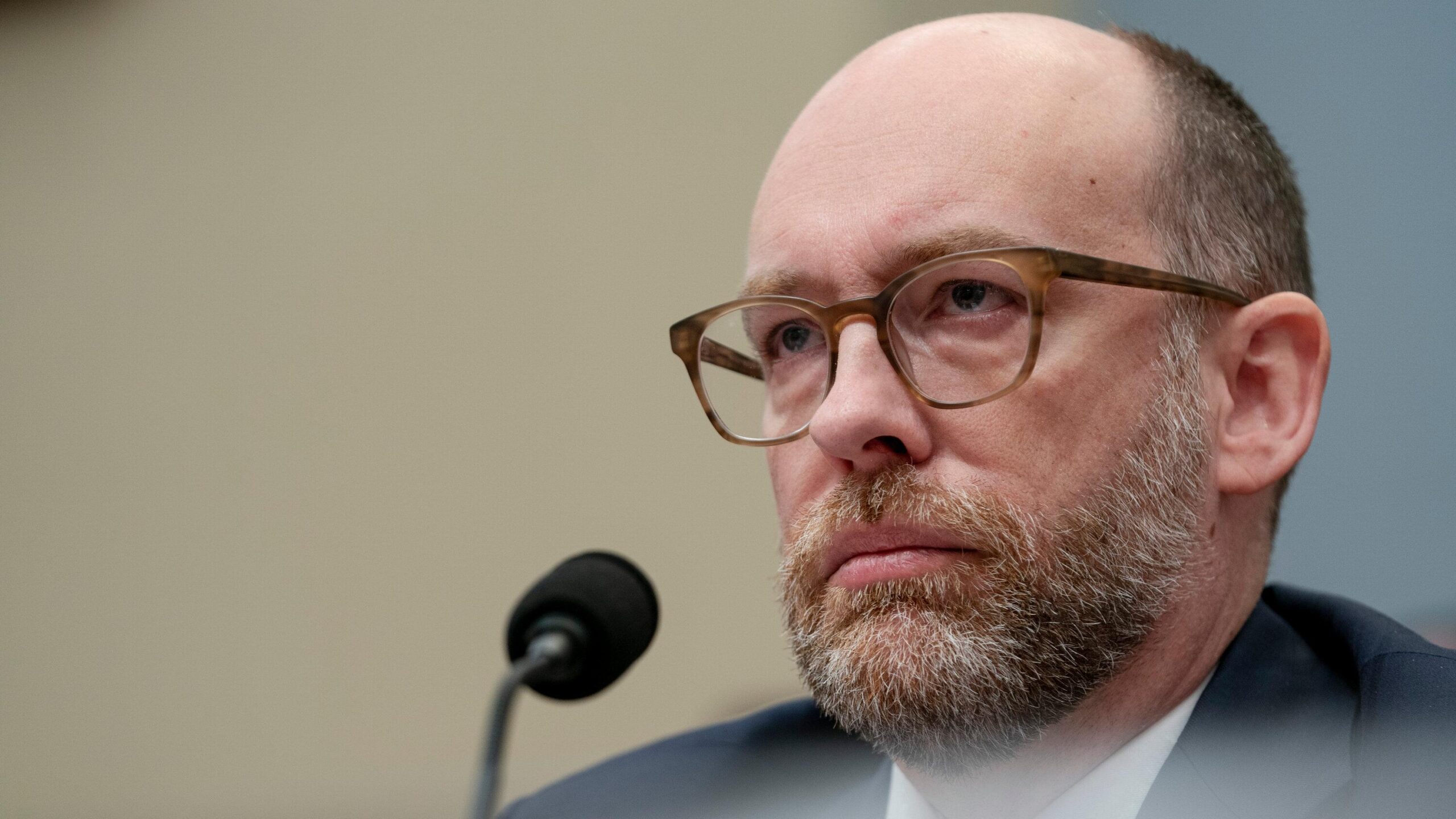A pretty iconic middleweight fighter in the UFC, Robert Whittaker makes sense for his excellent flexibility and power. Of his many injuries throughout his career, one of the most dramatic and severe was an injury to his mouth. Injuries are not uncommon in the physically disturbing world of mixed martial arts, but jaw injuries are particularly vulnerable, affecting not only the weakest parts of the body, but also the mental side of a fighter’s game
The Jaw Injury: What happened?
Whittaker injured his nose in his fight against Yoel Romero in 2018, and their intense rematch at UFC 225 turned the fight into a brutal, 5-round clash with each fighter taking huge losses and Whittaker winning by decision a cut, but came on expenses. In the third round, Romero landed an effective punch that broke Whittaker’s jaw. Despite the pain and ability to persevere with long-term effects, Whittaker drove through the final laps and finished the fight.
The jaw injuries required surgery, and Whittaker needed plates and screws to stabilize the fracture. Recovery from this injury is often long and painful, as it affects not only the bones, but also the surrounding muscles and tendons. Oral injuries can be especially difficult for a fighter, as they directly affect two important aspects of training: sparring and conditioning

Impact on Whittaker’s Career
- Physical Challenges
Whittaker’s recuperation took months, and he had to keep away from any effect to the jaw in the course of this time. The damage meant that he couldn’t completely interact in education or sparring, as even a small hit may want to irritate the fracture. It also required careful management to make sure right recovery, which means he had to sit down out fights, which put a pause on his momentum within the department.
- Mental Toughness and Resilien
The harm wasn’t just a bodily setback; it became additionally mentally challenging. Coming returned from a large damage like a damaged jaw is a testimony to Whittaker’s intellectual resilience. He’s noted in interviews how the revel in taught him to method the sport greater strategically, that specialize in talent and persistence in place of just uncooked strength and endurance.
- Changes in Fighting Style
After his jaw damage, some analysts determined a subtle shift in Whittaker’s fighting fashion. While nonetheless an competitive and versatile fighter, he have become greater tactical, emphasizing motion and protection, potentially to guard himself from repeated accidents. His fights following the damage exhibit his adaptability and talent, with more calculated risks and a cultured technique.
The Road to Recovery and Return to the Octagon
Whittaker’s rehabilitation from a chin injury coincided with a successful return to the UFC, where he faced the best competitors in the middleweight division and despite suffering injuries, his dedication to competing at the highest level remains unchanged . His return to the Octagon after the stressful injury thrilled the Fanatics and showcased his dedication to the game.
The adventure of recovery and growth as a fighter showed Whittaker’s fortitude in the UFC. His story is a reminder of the difficult circumstances faced by warring groups and the resilience required to overcome them. For Whittaker, the chin injury was just one of many setbacks of course, but it reaffirmed his lightning-speed, strengthening much of that field into the elite of the UFC
Conclusion
Robert Whittaker’s chin injury marks a turning point in his career. It tested his physical and mental limits, but he proved to be very strong and focused. His resilience and adaptability cemented his status as the top fighter in the UFC, proving that even the toughest of obstacles can be overcome with perseverance. For fans, Whittaker’s journey is a compelling testament to the dedication it takes to compete at the highest level in mixed martial arts.


